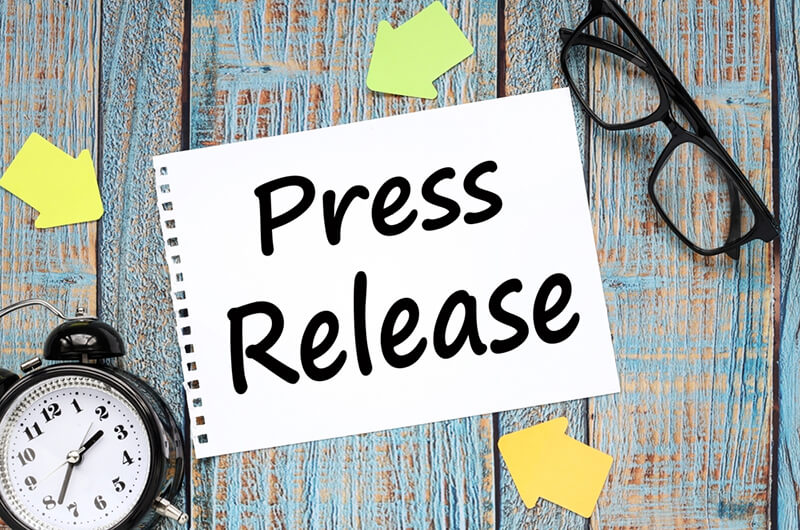wpsecurityninja Offers Insightful Tips on Creating Good Usernames and Enhancing WordPress Security

United States, 6th Sep 2024 – Choosing a good username is a fundamental step when creating a WordPress website. Your username is not just an identifier; it’s a critical element that contributes to your site’s security, branding, and overall user experience.
In this article, we will explore the characteristics of a good username, why it matters, and how to create one on WordPress. We’ll also touch upon security best practices, with a mention of tools like wpsecurityninja.com that can enhance your site’s protection.
Why a Good Username Matters
A good username is essential for several reasons:
- Security: A strong username adds a layer of security to your website. Hackers often attempt to guess login credentials using common usernames. A unique username makes it harder for attackers to gain unauthorized access.
- Branding: Your username can be part of your branding, especially if you use it as your public display name. It reflects your site’s identity and can influence how visitors perceive your brand.
- User Experience: A memorable and easy-to-use username improves the user experience, especially for multi-user sites where different contributors need to log in and manage content.
Characteristics of a Good Username
To create a good username, consider the following characteristics:
- Uniqueness: Your username should be unique to reduce the risk of being targeted by hackers and to avoid confusion with other users.
- Simplicity: While it should be unique, it’s important that your username is simple and easy to remember. Avoid overly complex usernames that are difficult to recall.
- Length: Aim for a username that is neither too short nor too long. A balanced length of 8-12 characters is usually ideal.
- Avoid Common Names: Common usernames like “admin,” “administrator,” or your first name are easy targets for hackers. Always choose something more original.
- Incorporate Numbers and Symbols: Adding numbers or symbols to your username can increase its complexity and security.
- No Personal Information: Avoid using personal information like your birthdate or address in your username. This information could be used by hackers in social engineering attacks.
Creating a Username on WordPress
Creating a username on WordPress is straightforward, but it’s crucial to follow best practices. Here’s how you can do it:
1. During WordPress Installation
When you first install WordPress, you are prompted to create an admin username. This username will have full access to your website, so it’s important to choose wisely.
- Avoid “Admin”: The default username for many WordPress installations is “admin.” This is well-known among hackers and should be avoided. Instead, opt for a unique username that doesn’t disclose your role as the site administrator.
- Consider Your Brand: If your website is tied to a specific brand, consider incorporating your brand’s name into your username, but with added complexity for security.
- Use a Password Manager: A password manager can help you generate and store a complex username that’s both secure and easy to retrieve when needed.
2. Adding New Users
If you have a multi-author blog or need to add more users to your WordPress site, you’ll need to create additional usernames. Here’s how:
- Navigate to Users > Add New: In your WordPress dashboard, go to “Users” and click on “Add New.”
- Fill in the Required Details: Enter the username, email address, and other required information for the new user.
- Assign Roles Carefully: WordPress allows you to assign different roles to users, such as Subscriber, Contributor, Author, Editor, and Administrator. Choose the appropriate role based on the level of access the user should have.
- Create a Strong Username: As with the admin username, ensure that the new username is unique, secure, and does not use easily guessable words.
Security Best Practices for Usernames
Even with a strong username, it’s important to follow security best practices to protect your WordPress site. Here are some tips:
1. Use a Security Plugin
Installing a security plugin like wpsecurityninja.com can help protect your site from brute force attacks, where hackers attempt to guess your username and password combinations. This plugin can monitor login attempts and block IP addresses that show suspicious activity.
2. Enable Two-Factor Authentication (2FA)
Two-factor authentication adds an extra layer of security by requiring a second form of verification, such as a code sent to your phone, in addition to your password. This makes it much harder for hackers to access your account even if they manage to guess your username.
3. Limit Login Attempts
By default, WordPress allows unlimited login attempts. Limiting the number of login attempts can reduce the risk of brute force attacks. Many security plugins, including wpsecurityninja.com, offer this feature.
4. Monitor Login Activity
Regularly monitor your login activity to detect any unusual behavior. If you notice multiple failed login attempts, it may indicate that someone is trying to hack into your site. Plugins like wpsecurityninja.com can alert you to such activity.
5. Change Default “Display Name”
In WordPress, the “Display Name” is what appears publicly when you post content. By default, it might show your username, which is a security risk. Always change the display name to something different from your username. You can do this by editing your profile in the WordPress dashboard.
How wpsecurityninja.com Can Help
Wpsecurityninja.com is a powerful tool designed to enhance your WordPress site’s security. It offers a range of features that can help you protect your site from various threats, including:
- Brute Force Protection: Prevents unauthorized access by blocking IP addresses that show suspicious login attempts.
- Security Scans: Regularly scans your site for vulnerabilities and provides detailed reports on how to fix them.
- Firewall: Adds an additional layer of protection by blocking malicious traffic before it reaches your site.
- Login Security: Monitors login attempts and offers features like two-factor authentication and limiting login attempts to enhance security.
Conclusion
Choosing a good username for your WordPress site is a simple yet crucial step in building a secure and professional website. By following the guidelines outlined in this article, you can create a username that not only enhances security but also supports your branding and improves the user experience. Remember to leverage tools like wpsecurityninja.com to further safeguard your site against potential threats. With the right username and security practices in place, you can focus on growing your WordPress site with confidence.
Media Contact
Organization: wpsecurityninja
Contact Person: Media Relations
Website: https://wpsecurityninja.com/
Email: Send Email
Country: United States
Release Id: 06092416686
